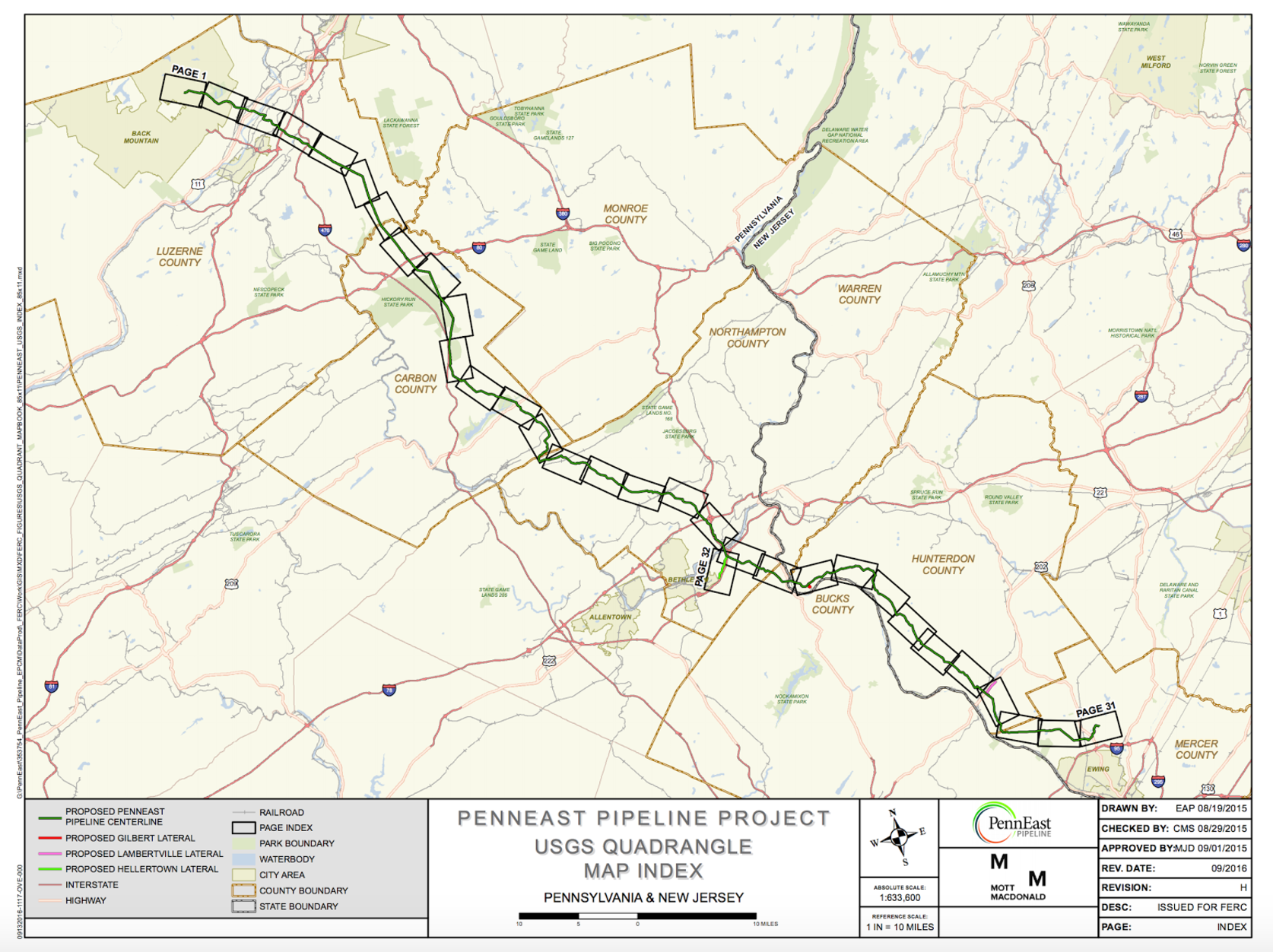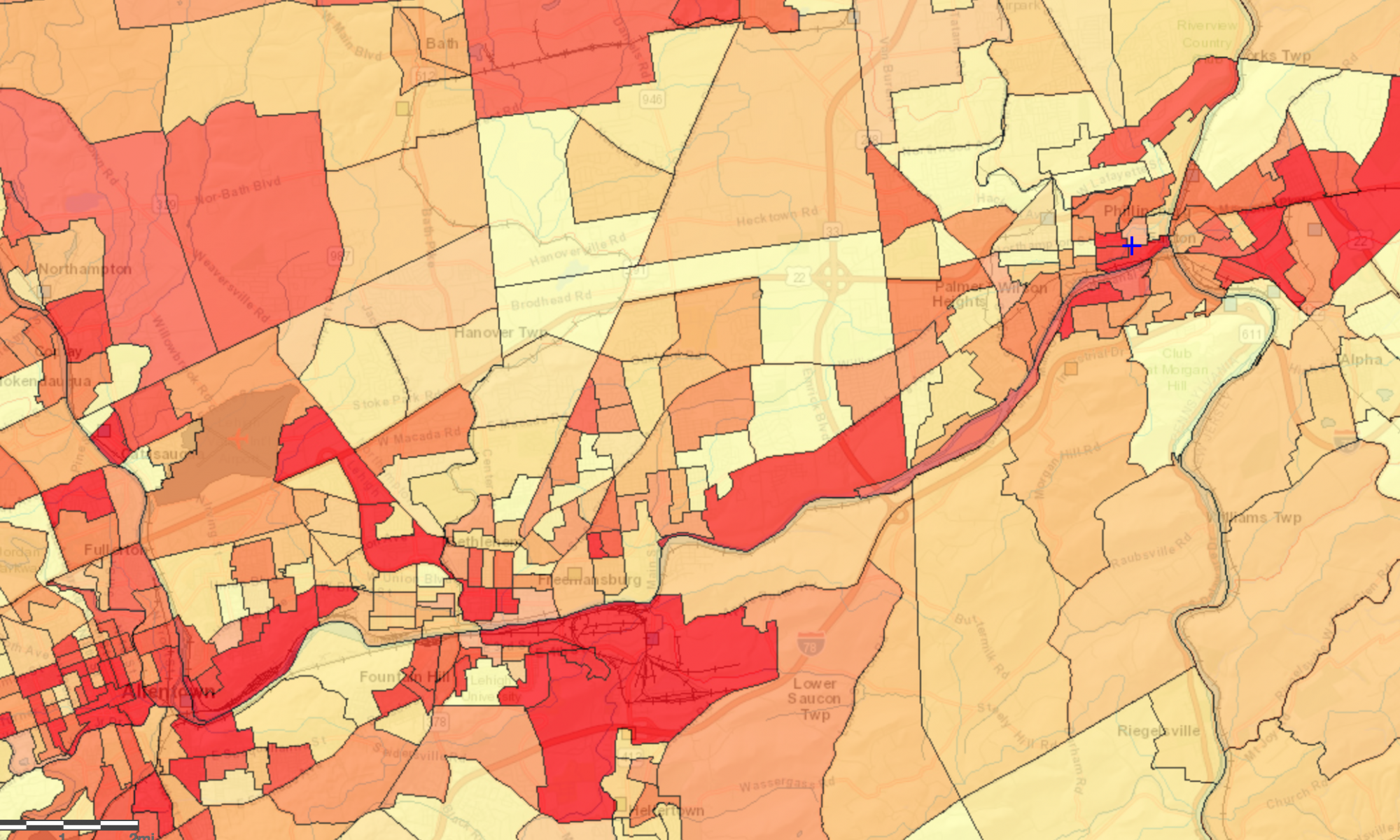INTRODUCTION TO THE ISSUE
A Long-Term Perspective on the effects of Energy Resource Extraction on Economic and Community Vulnerability
Proponents of the extraction of conventional fuel sources including coal, oil and natural gas often claim an economic incentive to those residing in affected communities. Yet this incentive may only apply to certain people, and is often temporary in nature. This site explores the actual economic and community effects of the PennEast pipeline on a local scale, and will assess and address the flaws that exist in the promise of economic gain.
What is environmental justice?
Environmental justice is the fair treatment and meaningful involvement of all people regardless of race, color, national origin, or income, with respect to the development, implementation, and enforcement of environmental laws, regulations, and policies. (EPA)
What is energy justice?
Energy justice is the equal access to the best source of energy without burdening or neglecting a specific race, color, origin, or income in the energy production process. Energy justice consists of four main goals that can be viewed as rights. These four goals are: unanimous access to sustainable energy, unanimous access to the best energy infrastructure, unanimous access to affordable energy, and unanimous access to uninterrupted energy. Energy justice can be widely regarded as one facet of environmental justice.
How does the PennEast pipeline proposal fit in with all of this?
As the LEJI, we wish to examine the PennEast pipeline proposal as a case study for Energy Justice in the area. The PennEast pipeline’s construction will run through 6 counties in eastern Pennsylvania and central New Jersey. The construction of the PennEast pipeline will exercise certain injustices to the public, including eminent domain claims and potential damage to waterways. There have been an array of protests against its construction, and numerous organizations have expressed their opposition to the pipeline.

